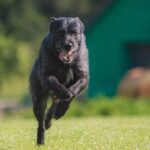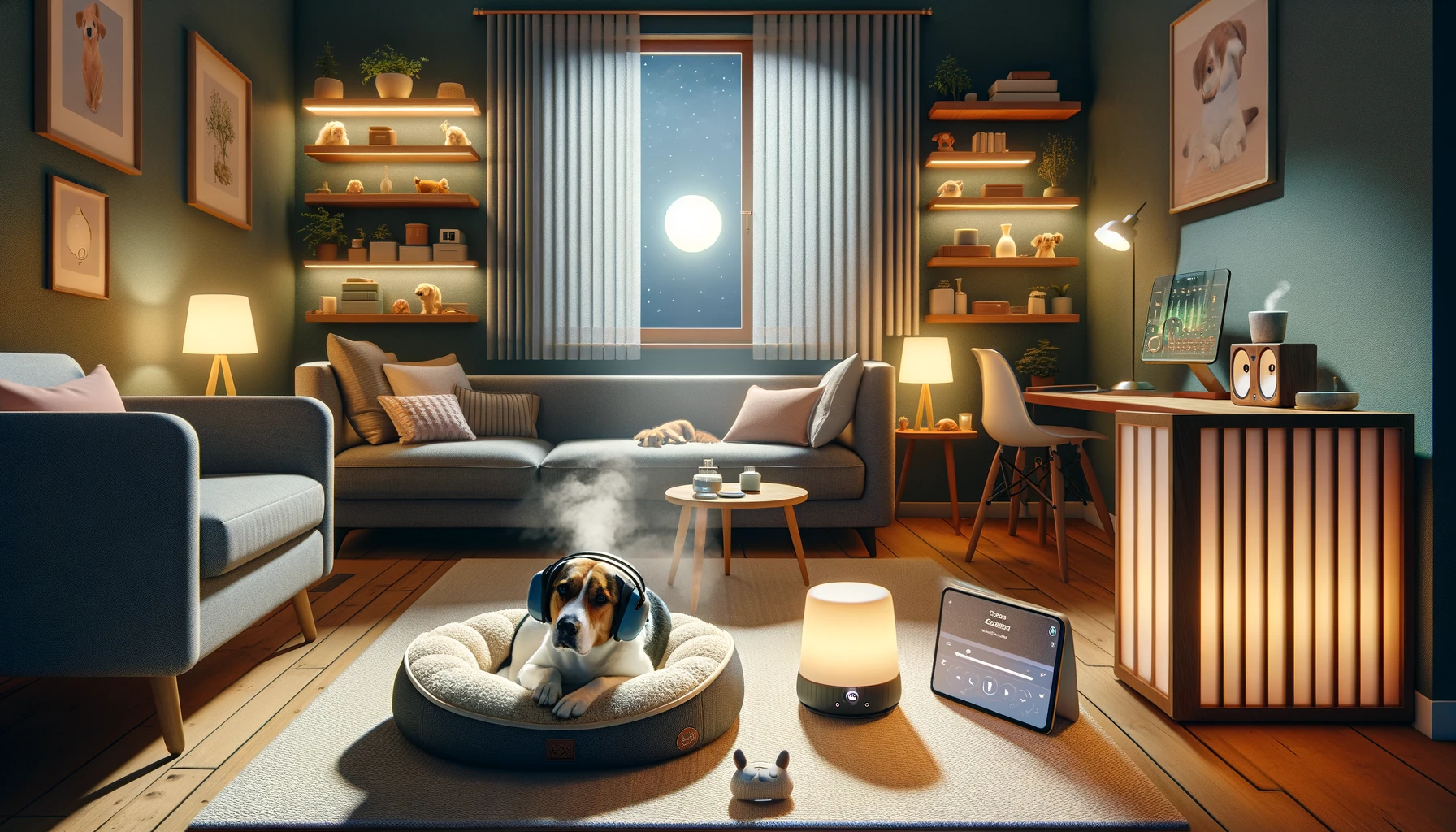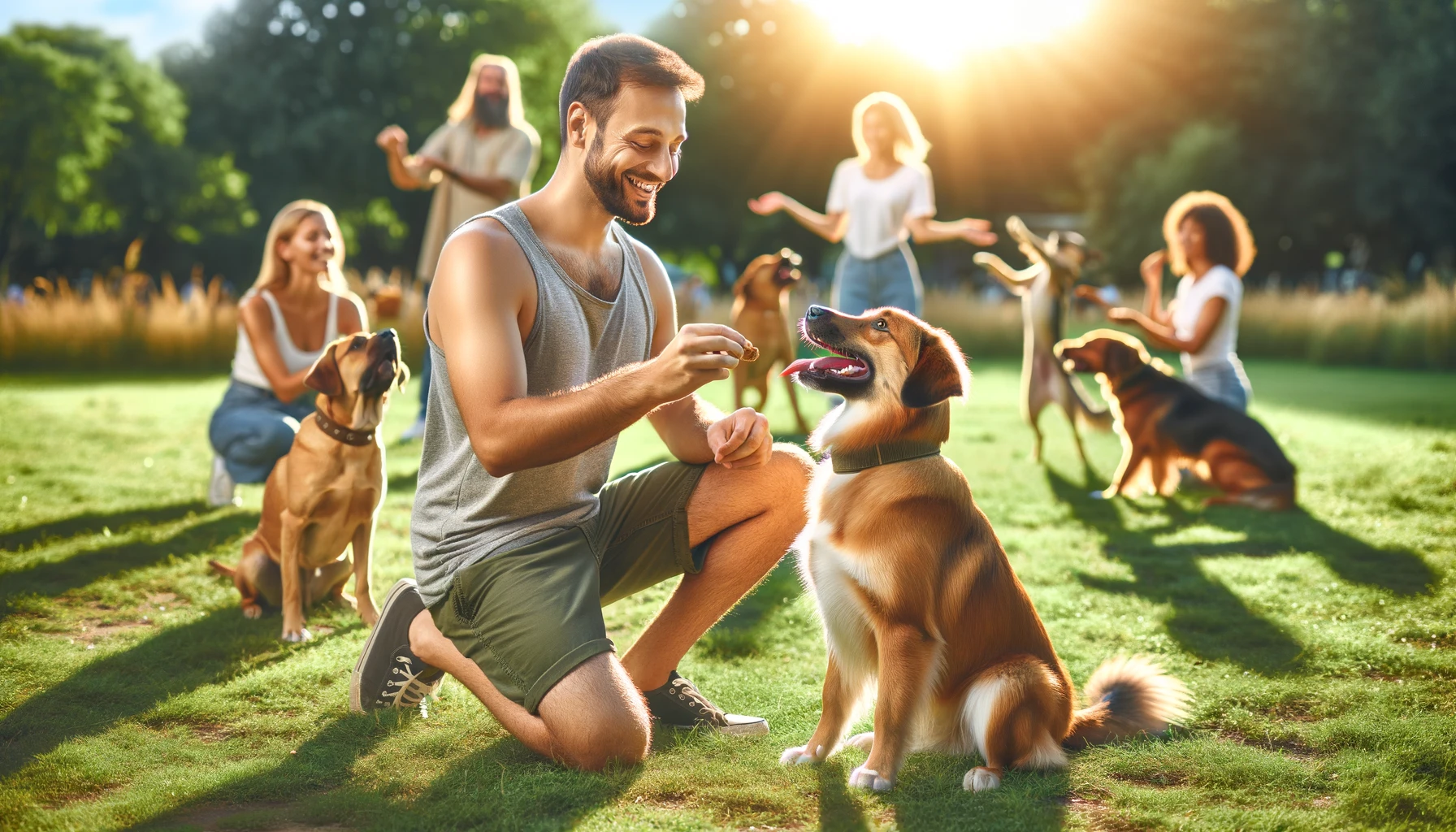Potty training a puppy can be frustrating if you need the proper guidance. With patience and consistency, your puppy can be accident-free in no time. This comprehensive guide will provide tips and tricks for potty training success.
When to Start Potty Training
Most experts recommend starting potty training when your puppy is between 8 and 12 weeks old. At this young age, puppies are most receptive to learning new habits. It is also the ideal time to begin training before bad habits develop.
Some puppies may be ready at 16 weeks or older. Signs your puppy is ready include:
- Able to hold urine for 2 hours or more
- Developing a predictable bathroom schedule
- Showing interest indoors or in areas where you take them to the potty
- Giving signals they need to go, like whining or sniffing
If your pup still has frequent accidents and seems oblivious to soiling their crate, they likely need more time before training. Wait a week or two and try again.
Choosing a Potty Spot
Before starting training, choose an ideal outdoor potty spot. Pick an area you want your dog to eliminate regularly. The space should be:
- Easily accessible – Near a door to let your puppy out quickly
- In a quiet, low-traffic area – Fewer distractions for your puppy
- Have good drainage – Grass or gravel so urine flows away
Mark the potty area with your puppy’s urine scent by placing soiled potty pads or paper towels. The smell will trigger them to go there.
Potty Training Schedule
Puppies need more frequent potty breaks than adult dogs. Stick to a strict schedule of taking your puppy outside to reduce accidents.
- First thing in the morning
- About 20-30 minutes after each meal
- After naptime or a lot of activity and playtime
- Before bedtime – right before crating overnight
In addition to the schedule, watch for any behaviors that signal your puppy needs to go:
- Pacing
- Whining
- Circling
- Sniffing around
- Leaving the room
When you see these signs, immediately take them outside. With time, your puppy will learn to signal when they need to go.
Crate Training
Crate training is essential for teaching bladder control and helping with potty training. Dogs naturally avoid soiling in their sleeping area, so confined spaces teach them to “hold it.”
The crate should be large enough for your pup to stand, lie, and turn around. They may use one side as a bathroom if it is too spacious.
During potty training, limit crate time to short intervals of no more than 1-2 hours. Any longer, and most puppies can’t control their bladder. Continue using the crate until your puppy can go through the night without accidents, usually around six months old.
Reward-Based Training
Correctly using rewards and punishments is critical to potty training success. When your puppy potties in their designated area, praise them enthusiastically and give treats immediately after they finish. This associates going potty in that spot with positive feelings.
Never punish accidents that happen inside. This can confuse your pup and cause anxiety about going potty in front of you, even outside. Calmly take your dog out as soon as you notice an accident. Then reward them hugely for finishing in the right place. With time, they learn inside is off limits.
Other Tips for Success
- Supervise constantly: Keep eyes on your puppy at all times or confine them when you can’t watch them. This allows you to catch accidents and promptly correct them.
- Limit access: Block off rooms or use baby gates to restrict access until fully trained. This prevents sneak potty breaks.
- Use enzyme cleaners: Thoroughly clean all accidents with an enzymatic cleaner to remove the smell and residue that draws dogs back.
- Stick to the program: Accidents happen. Stay consistent, and don’t extend training if they have a few setbacks. Eventually, your puppy will be reliable.
Going Out in Public
Potty training continues outside the home. Always take your puppy to the bathroom before leaving the house. When out in public places:
- Stick to your schedule – Travel prepared with potty pads if needed
- Find a suitable outdoor potty spot like patches of grass. Avoid crowded areas with lots of foot traffic.
- Offer treats and praise for going to proper spots outside
- If no outdoor area is available, find an indoor spot like an empty hallway
Your puppy can’t wander off and potty as they please in public. Keep them leashed or crated when appropriate until fully housetrained.
Signs of Progress
- Increased bladder control – Longer without needing to go
- Better communication – Barking, whining or standing by the door
- No accidents in the crate overnight
- Excitement about potty time and praise
- Immediately going potty when taken outside
- No accidents in the house for several weeks
When you see these signs, your puppy is well on being housetrained. Keep up the training until about six months to cement good potty habits.
Potty Training Challenges
If progress stalls, your pup may have picked up some bad habits. Here are some troubleshooting tips.
- Excited Urination: Some pups pee out of excitement when you come home or greet them. Remain calm and low-key when entering to reduce this.
- Submissive Urination: Dogs that lack confidence may pee when scolded or handled. Build up their confidence with praise and avoid punishments.
- Marking: Dogs mark territory with urine. Neutering your male dog can reduce this habit. Also, clean soiled areas thoroughly.
- Medical Issues: Urinary tract infections and other health issues can hinder training. Consult your vet to rule these out.
The key to potty training is vigilance, patience, and consistency. Stick to a regular schedule, give loads of praise for success, and limit accidents through supervision. Before you know it, your puppy will be giving you signals that they need to go, and you’ll have peace of mind knowing your puppy is housetrained!






